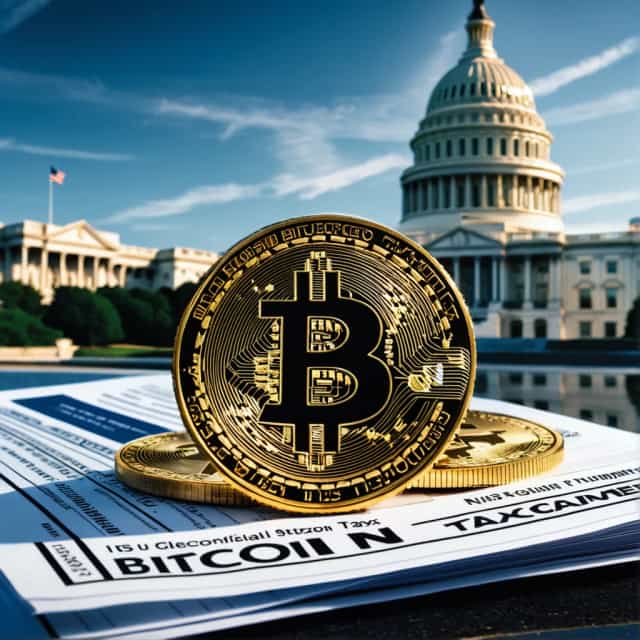
출처: Block Media
Bitcoin Surges Past $117,000 Amid U.S. Government Shutdown: Exploring Key Drivers and Market Implications
As of October 1, the day the U.S. federal government officially entered a shutdown, Bitcoin (BTC) vaulted past the $117,000 mark, recovering all losses incurred during September. By October 3, Bitcoin reclaimed the $120,000 threshold, marking a robust rally alongside record highs for gold and the S&P 500 Index. This synchronized peak has reinforced the perception of Bitcoin as "digital gold," further establishing its reputation as a potential safe-haven asset during periods of economic instability.
While some analysts argue that Bitcoin’s surge correlates directly with the government shutdown, others, including The Motley Fool, suggest that the rally is more attributable to broader market forces. Factors like rising expectations for Federal Reserve interest rate cuts, relaxed cryptocurrency tax guidance from the IRS, and October’s traditionally bullish trend—nicknamed "Uptober"—are seen as significant contributors. Notably, market participants almost unanimously expect a rate cut, with CME FedWatch indicating a 99% probability of such action in October.
Three Ways a Prolonged Government Shutdown Could Influence Cryptocurrencies
An extended government shutdown creates complex ripple effects across financial markets, including the cryptocurrency sector. Here are three potential impacts:
1. Escalating Risk-Off Sentiment
A protracted shutdown risks slowing the U.S. economy, heightening investor caution toward risk assets. Historically, the record 35-day shutdown in 2018 demonstrated how economic stagnation can erode market confidence. Cryptocurrencies, which often experience high volatility, could see renewed downside pressure in tandem with a broader risk-off sentiment.
2. Weakened Investor Confidence From Job Losses
If the shutdown leads to furloughs transitioning into permanent layoffs among federal employees, the ripple effect on general investor sentiment could be significant. Increased economic uncertainty may drive reduced investment appetite for speculative assets like Bitcoin, dampening its recent rally.
3. Delays in Cryptocurrency ETF Approvals
Key developments driving market optimism, such as upcoming cryptocurrency ETF launches, face potential delays due to reduced SEC manpower during a shutdown. While the SEC recently streamlined ETF approval processes, these interruptions may slow regulatory decisions, creating headwinds for Bitcoin prices.
Bitcoin’s Role as "Digital Gold": Can It Cement Its Identity?
A critical question arises: Can Bitcoin solidify its status as a true crisis hedge akin to gold, or does it remain predominantly a speculative risk asset? The current shutdown, coupled with shifting Federal Reserve policies, offers an opportunity to examine Bitcoin’s evolving behavior in times of uncertainty.
Historically, Bitcoin has underperformed during prior shutdowns. For instance, during the 2018 and 2019 government closures, its price trended downward despite broader economic distress. However, today’s market dynamics exhibit considerable changes. Institutional stakeholders, regulatory strides like potential ETF approvals, and higher market maturity have brought structural evolution to the cryptocurrency sector, suggesting Bitcoin might behave differently in this instance.
Institutional participation lends Bitcoin more credibility as a macroeconomic hedge. These developments may allow Bitcoin to navigate shutdown-related turmoil while presenting itself as a dependable safe-haven alternative, rather than its previous image as an extreme-risk asset.
Federal Reserve Interest Rate Cuts: The Key Catalyst for Bitcoin’s Rally?
While the government shutdown has created a unique backdrop, the predominant driver behind Bitcoin’s recent price action appears tied more closely to Federal Reserve interest rate expectations. Historically, lower interest rates enhance market liquidity and promote risk-taking behaviors, favoring speculative investments like cryptocurrencies.
However, a prolonged shutdown could delay the release of pivotal economic indicators—such as inflation or employment data—that guide Fed policies. This lack of clarity could challenge the central bank’s decision-making process, introducing greater short-term volatility into cryptocurrency markets. Bitcoin’s ascent amid uncertainty may hinge on the delicate interplay between the Fed’s monetary stance and broader macroeconomic developments.
Navigating a Complex Crypto Landscape Amid Shutdown Uncertainty
Bitcoin’s performance amid the U.S. government shutdown encapsulates a web of interconnected forces shaping the cryptocurrency market. Safe-haven demand, speculation around monetary policy easing, and structural regulatory progress collectively fuel recent optimism. Yet, an extended shutdown carries the risk of dampening enthusiasm and flipping initial bullish sentiment into disappointment.
The coming weeks will offer critical insights into Bitcoin’s capacity to endure turmoil and reinforce its appeal as a reliable store of value during crises—or whether it remains bound to its identity as a volatile, high-risk investment. How effectively Bitcoin and the broader cryptocurrency market navigate these challenges will have significant implications for their future trajectory.










